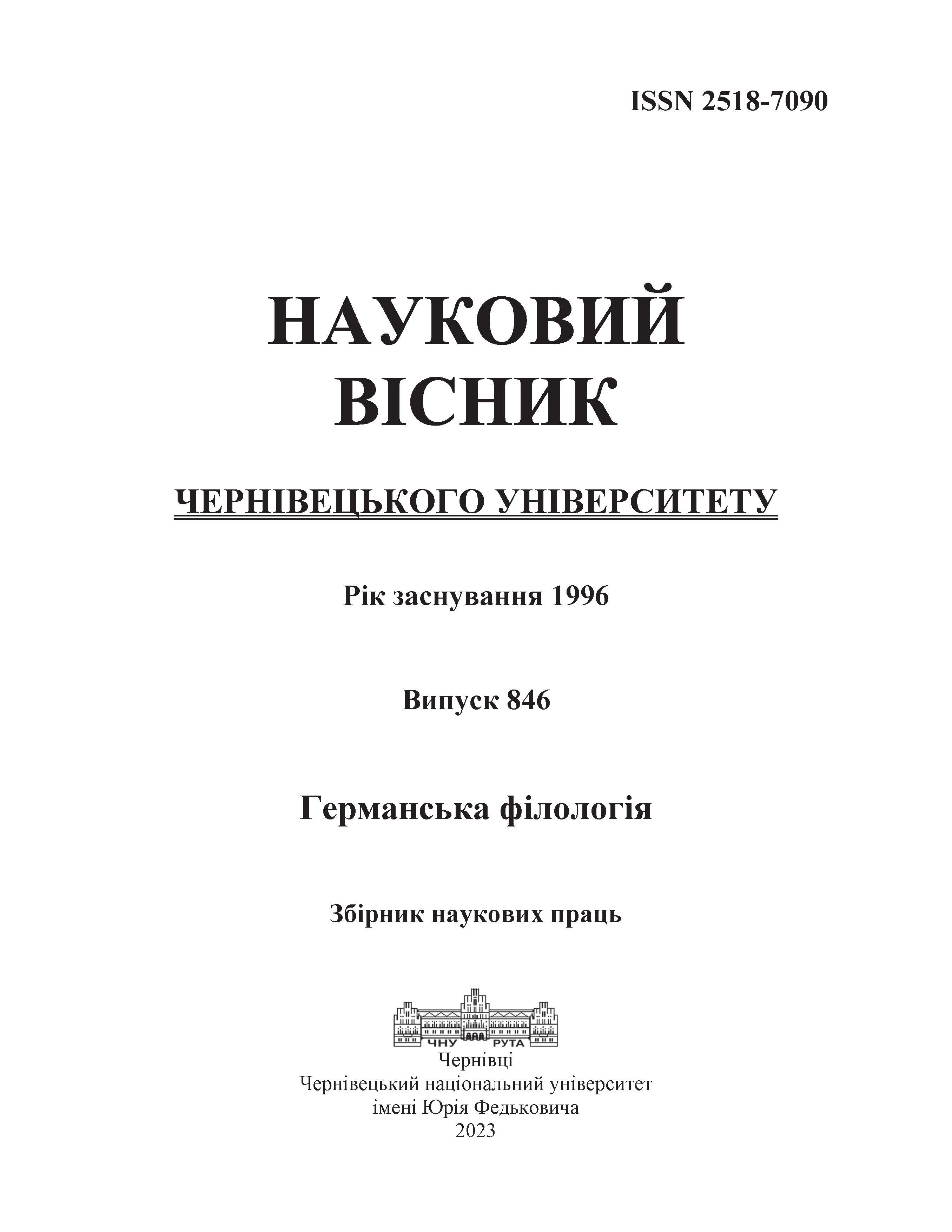REPRODUCTION OF NON-EQUIVALENT VOCABULARY IN TRANSLATION (BASED ON THE TRANSLATION OF "SHANTARAM" BY G. D. ROBERTS)
DOI:
https://doi.org/10.31861/gph2023.846.34-43Keywords:
non-equivalence, non-equivalent vocabulary, translation transformations, work of fiction, transliteration, transcription, adaptive transcodingAbstract
The article dwells on the study of the problem of reproduction of non-equivalent vocabulary in fiction. The purpose of the work is to study and identify formal transformations and peculiarities of their application in the process of translation of non-equivalent units. The research has been conducted using a comparative analysis and a descriptive method. The subject of the article is a literary text, its original and translation. The theoretical foundations of the non-equivalent vocabulary within the framework of translation theory have been elucidated. Different definitions of translation theorists on this concept have been considered. The article highlights the main types of non-equivalent units, their division and purpose. An emphasis has been placed on "realia", words and phrases that are an independent part of the non-equivalent vocabulary. An analysis of fragments of a translation of a work of fiction from English into Ukrainian has been carried out. Basic principles of translation of literary texts have been taken into account, the main purpose of which is to convey a foreign language text while preserving its meaning and stylistic features. This article reveals that to better understand the motives of work, it is crucial to analyse non-equivalent lexical units. To understand the context correctly, a translator needs to pay attention to their etymology, emotional colouring and variations in application. The study was based on the novel "Shantaram" by Gregory David Roberts and its translations into Ukrainian by V. V. Aleksandrov. The functioning and specific features of the non-equivalence in fiction have been demonstrated in its example. Ways of using formal transformations in the translation of non-equivalent vocabulary have been considered and analysed. The article outlines the tendency toward the use of descriptive translation along with transcription, transliteration, and adaptive transcoding to reveal the meaning of a foreign language word as clearly as possible.





